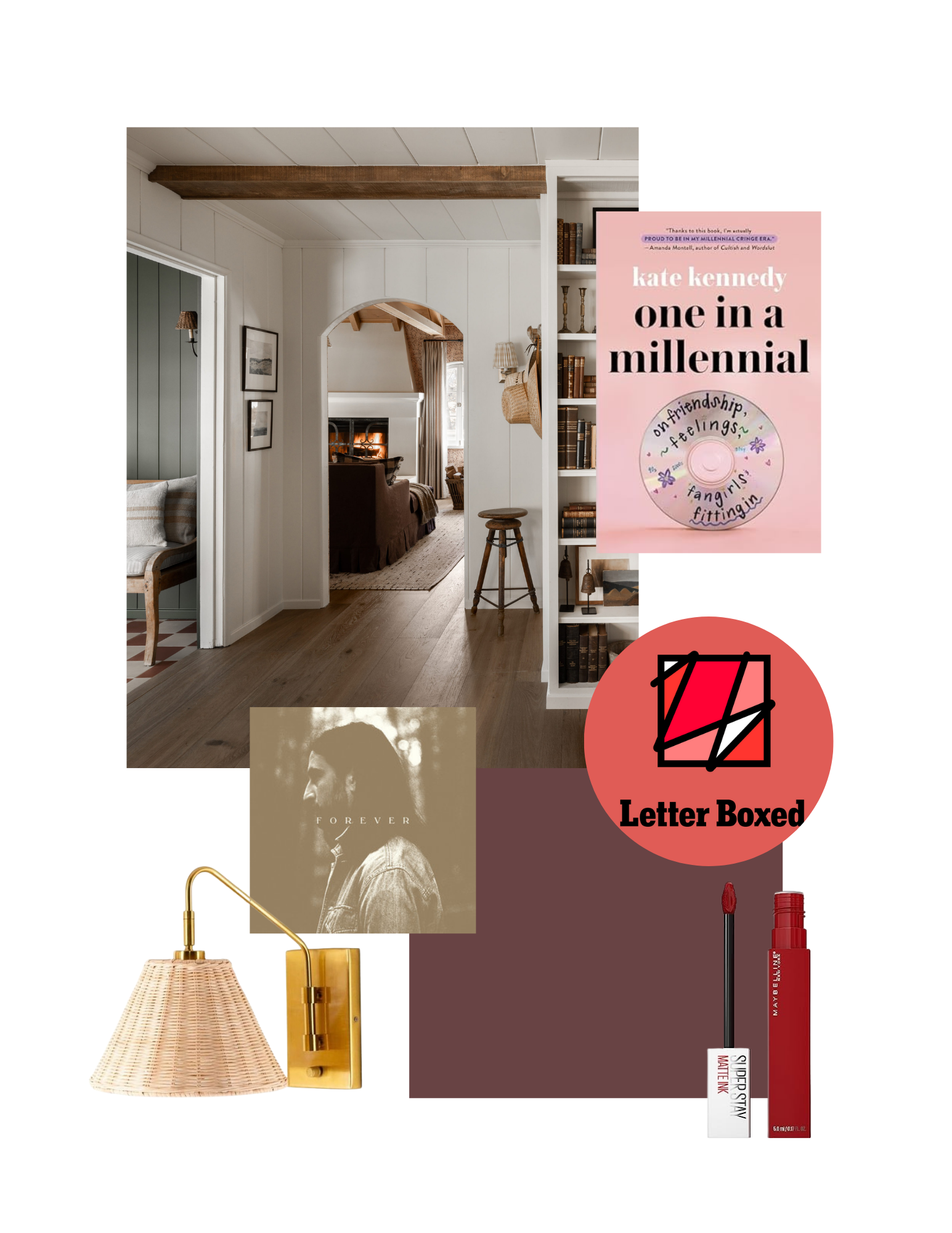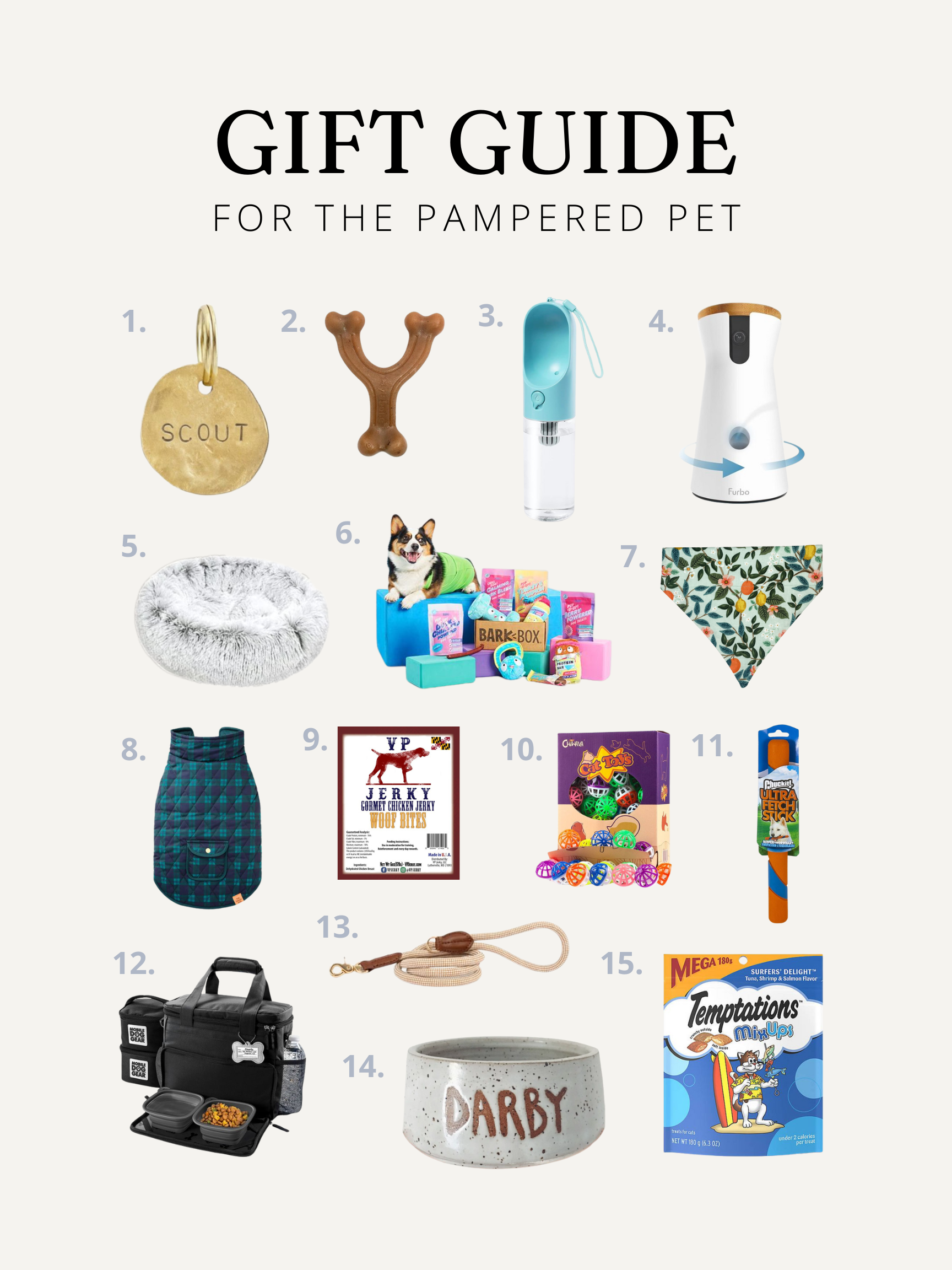Over the summer I shared the start of my budget kitchen counter makeover on Instagram and I’ve never gotten so many DMs in my life. I’ve gotten a lot of questions about the products I used and how exactly I did this, so I thought I’d take some time to share all the nitty-gritty details about how I tackled this project, the supplies I used, and the total cost. Keep reading to learn how I completely transformed my kitchen counters on a budget!


First of all, I want to emphasize that this is a good temporary project as a placeholder until you can replace or redo counters fully. I wouldn’t recommend this as a permanent fix because let’s be honest, you can’t really sell your house with contact paper counters, so it’s not like this is a project that will increase your home value or anything like that. This is a project that you do because it makes YOU happy! If you’re looking for a more permanent solution, it will be more worth it to save up and get new counters – you can always do a budget-friendly solution like butcher block or cement. With that being said, if you’re like me and just sick of your ugly counters and looking for a temporary solution, I definitely believe this project is 100% worth it! I’ve included links to all of the products I used as well as a budget breakdown and all the steps I took to transform my counters below.


Supplies & Budget Breakdown
- 5 rolls contact paper – $130.00
- Credit card or gift card – free
- Exacto knife – $5.37
- Windex – $2.97
- Scrub brush – $3.09
- Scissors – $5.29
- Caulk – $3.98
- Total Cost: $150.70
Step-By-Step Tutorial:
- Clean the counters thoroughly with Windex. In order for the contact paper to stick smoothly, the counters will have to be spotless. Even the smallest crumbs will create wrinkles in the paper, so make sure you really scrub the counters. Don’t feel like you need to dry them off afterward – a bit of moisture will actually help the contact paper stick better.
- Roll the contact paper out until it covers the entire surface of the portion of the counter you’re planning to cover. I recommend doing the countertops first and any backsplash or backing last so you can ensure you have enough contact paper for the main surfaces. Make sure there’s plenty of excess on every side so you have some wiggle room!
- Cut the contact paper to size.
- Starting in the back corner, slowly lift up the corner of the contact paper and place it evenly on the countertop. Make sure it’s either perfectly straight on both sides of the counter or leave a bit of excess if you’re worried it will be a little off. If you don’t do this the contact paper will go on crookedly and by the time you get to the end of the counter you’ll be left with a large gap of uncovered countertop.
- Working VERY slowly and carefully, start to unroll the contact paper about an inch at a time, smoothing it down with a credit card as you go. Make sure you get down at eye level frequently so you can see any bubbles that may have appeared. If any large bubbles form, you can just pull the contact paper back a bit and then smooth it down again until it’s perfectly smooth.
- Once you get to the edge of the counter, pinch the paper between your thumb and forefinger to create a nice sharp crease. Run your fingers along the entire edge to solidify the crease, then run a credit card along the top, then the side to pull the crease tight.
- Smooth the contact paper against the edge of the counter’s side with a credit card to make sure it’s extra secure.
- Next, grab your xacto knife. Starting at the edge of the paper underneath the counter, place the knife flush with the bottom of the counter and slowly slide it along the counter to remove any excess contact paper. Once the excess is removed, I recommend repeating the process a couple of times to make sure you have a perfectly straight line and all excess has been removed.
- If your counters include a backsplash like mine do, you’ll want to tackle that next. Cut a piece of contact paper to size (leaving a few inches of wiggle room on each end), then slowly lift up the corner of the contact paper and place it flush with the top corner of the backsplash. Slowly continue to roll out the contact paper across the top edge of the backsplash, smoothing it down with the credit card as you go.
- Once you reach the edge of the backsplash, repeat step 6 to smooth down the edges.
- After the top edges have been secured, start in the corner and slowly unroll the contact paper on the vertical part of the backsplash, smoothing down with a credit card as you go.
- Once the backsplash contact paper has been secured, take an xacto knife and run it in a straight line along the bottom corner where the countertop meets the backsplash. Remove any excess contact paper. It’s ok if there’s a small gap between contact paper the backsplash and the countertop – that will be covered up when you apply the caulk!
- Now it’s time for the final step – caulking! Starting in the corner of the seam between the counter and the backsplash, carefully squeeze a line of caulk across the seam. Next, dip your finger in water and run it along the caulk line to smooth it. You’ll probably have to do this a few times to get a nice tight line. I also found that using a paper towel to touch up any excess was helpful.
- Repeat step 13 on any and all seams between the countertop and backsplash and you’re done!
Other Tips:
- Despite your best efforts, on larger portions of the counter you’ll probably find there are a few bubbles once you’re done. I’ve found that the best way to remove bubbles once the contact paper is all attached is to poke a tiny hole in them with a pin, then smooth them down with a credit card. This will allow the air to release and the hole will be tiny enough that it’s not noticeable.
- I’ve seen a lot of posts/tutorials that recommend using a hairdryer to apply contact paper, but I recommend that if you go this route, you should do it sparingly. Heat will stretch out the contact paper ever so slightly and if you use too much of it, it can easily create wrinkles in the paper. I found that the best method was to only use a hairdryer on the edges to make the edge creases nice and tight.
- Caulking is key, so make sure you take your time and cover every crack! The caulk is what makes the counters appear realistic and it really completes the look.
The Results
It’s now been several months since I completed this project and I can still confidently say that it was 100% worth it. Initially our plan was to keep these counters for about a year until we could afford to completely replace them. However, thanks to some unforeseen vet expenses, it looks like we’ll be keeping them for a while longer, which makes me even more glad that we did this mini makeover. They’ve held up remarkably well – there’s one tiny stain from a hot sauce spill I didn’t clean up right away and I did snag it with my mixer so there’s a tiny tear on one edge. Other than that, though, they’re still in perfect condition almost four months later. Most importantly, these counters bring me so much joy every time I walk into the kitchen, so even though these contact paper counters were a pain to install, I’d do it again in a heartbeat.







